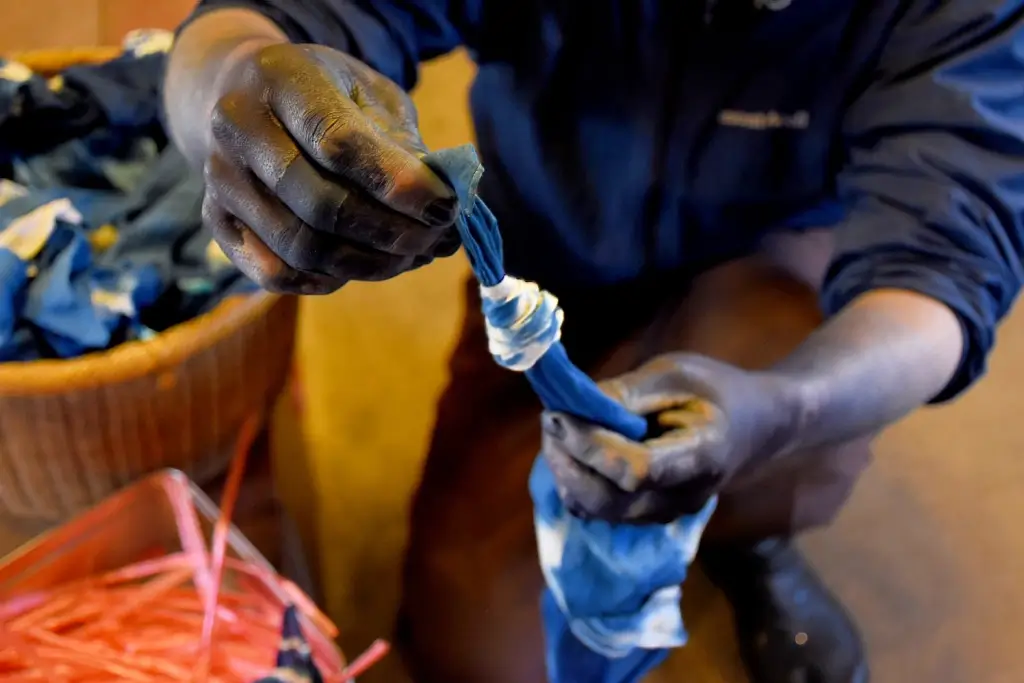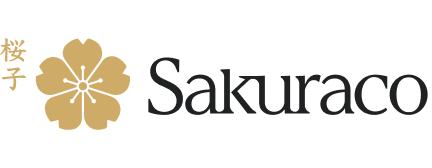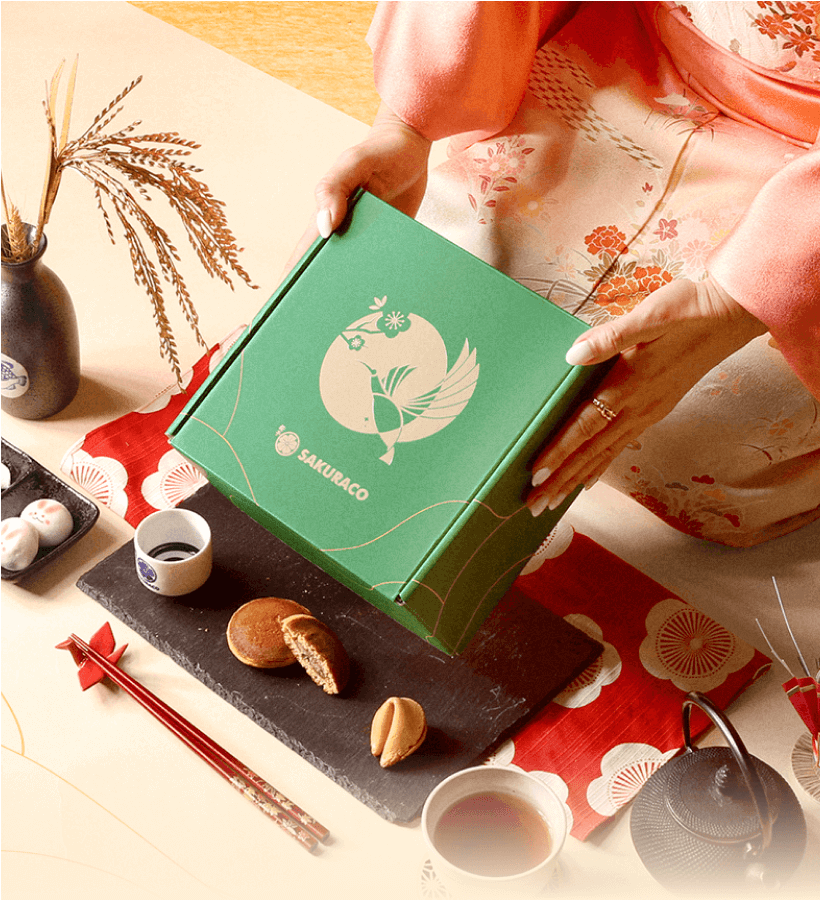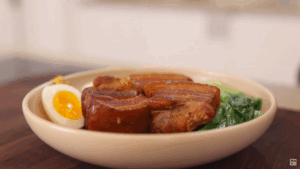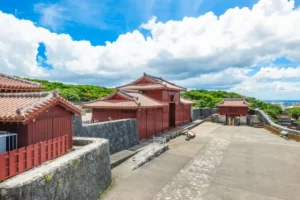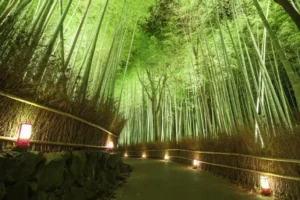Few threads shine as brightly as aizome in Japan’s rich cultural tapestry. This ancient art that uses indigo dye traces its roots back over a thousand years. The art is known for its iconic blue hue, which has seeped into the nation’s history and daily life. The process transforms simple plant leaves into a vibrant color through careful preparation.
And its allure lies not just in its beauty but also in its practical uses. Even after centuries, it remains a symbol of the country itself. This tradition blends science, nature, patience, and artistry into one unique tradition. But what exactly makes it so special? Let’s examine why this art form and its distinctive color make it the official representation of Japan’s soul.
Table of Contents
ToggleWhat is Aizome?
“Aizome” can be written as 藍染 or 藍染め in Japanese. It refers to the traditional process of removing natural chemicals from certain plants and applying them to fabric. The second kanji, “染,” means “dyeing,” and the first, “藍”, refers to the plant used to create the pigment. Usually, this is“Japanese Indigo” (Strobilanthes cusia), known locally as Ryukyu-ai because it is native to the Ryukyu islands.
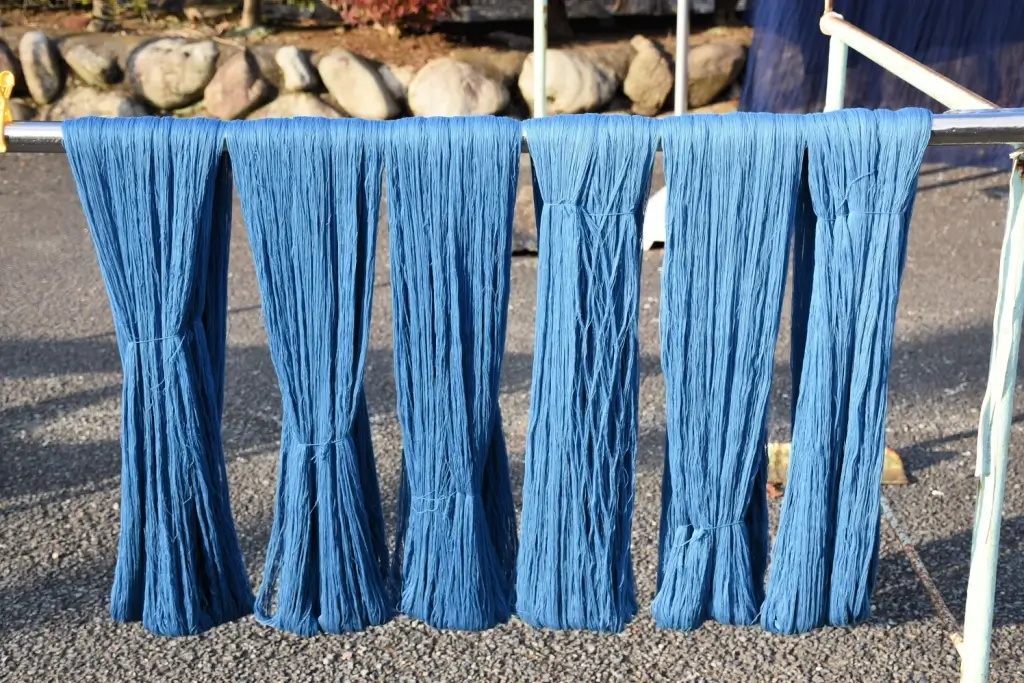
The Nara and Heian Periods
The Silk Road was a series of trade routes that ran through China and Korea. Dyeing began in Japan during the Nara period (710–794) when two new species of plants were introduced via the mainland. These species were tade-ai (Persicaria tinctoria) and “True Indigo” (Indigofera tinctoria). They were better suited to the new country’s climate and could be cultivated locally.
The Shoso-in Repository in Nara houses examples of indigo artifacts from this era. The color’s rarity made it a status symbol. The imperial court prized the new color by the Heian period (794–1185). At first, only nobles wore this costly blue, but over time, it spread to all levels of society.
Are you looking for great Japanese snacks? Check out Sakuraco! Sakuraco delivers traditional Japanese snacks, sweets, tableware, and more from local Japanese makers right to your door, perfect for a pleasant snack time at home!
The Edo Period
The Edo Period (1603-1868) was Japan’s peak of indigo dyeing. At the time, silk was a luxurious fabric used to show wealth and status, especially by nobility, samurai, and rich landowners. It was also expensive to produce. It was so in demand that the Tokugawa shogunate banned commoners from wearing it to maintain the social hierarchy and preserve supplies of the fabric.
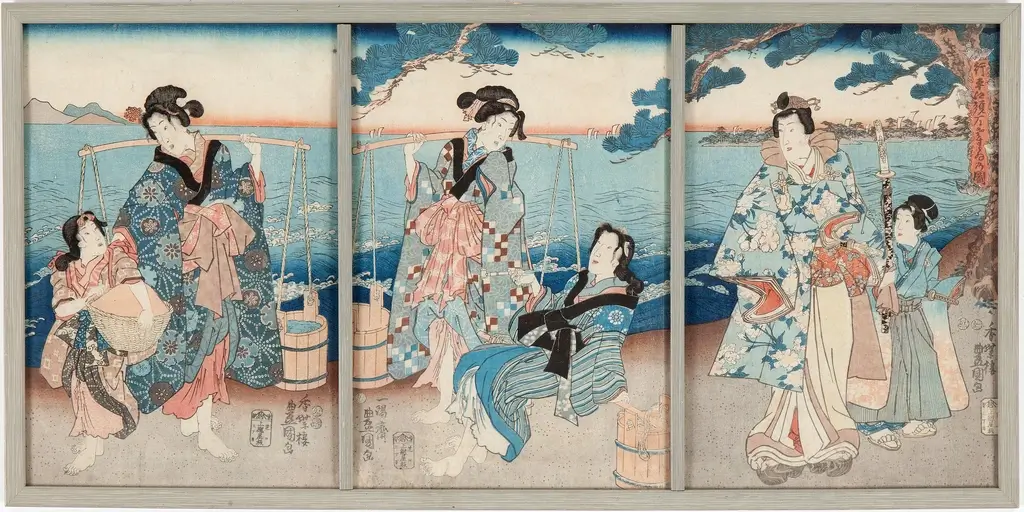
This resulted in common folk turning to colored cotton and hemp. Soon, there was a boom in the production of these two crops. Indigo was one of the few substances that could color these two fabrics; the average citizen wanted to wear it. This led to its increased cultivation, and the textile industry expanded considerably. Techniques like shibori and katazome suddenly became popular and flourished.
The Aizome Boom
This was the golden age for aizome, with any clothing bearing the color in peak demand. During these years, as cotton farming grew, indigo dye became more convenient to obtain and apply. Samurai wore it under armor for its strength and hygiene. Farmers and workers favored it for daily wear. People dressed themselves in the deep blue hue all across the land.
At its peak, over 1,800 indigo farms thrived in Japan. On Shikoku Island, Tokushima led production with its “awa-ai” brand. The pigment’s smell kept bugs away, and it resisted fire. A British visitor in the 1870s dubbed it “Japan Blue.” This name stuck, showing its wide reach.
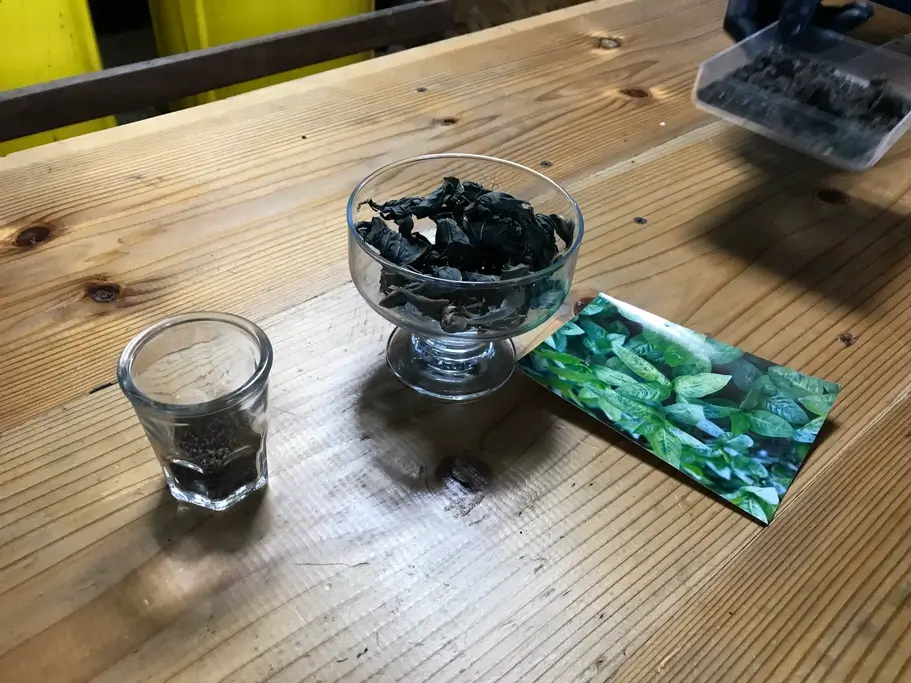
Crafting the Blue
Creating aizome starts with harvesting tade-ai leaves in summer. These leaves ferment for months to make sukumo. Artisans then mix this with ash lye and sake in vats. When bubbles called ai no hana form, this signals that the dyeing of the material is ready to begin.
The process takes great preparation and time. When fabric is dipped into the vat, it first turns green. Once removed and dried in air, oxidation occurs, which changes it to a deep blue color. Each dip into the chemical deepens the shade from aijiro to noukon. And techniques like shibori add patterns by tying or folding. Each step of the process affects the intensity of the color, and aizome adds a layer of design to the result.
Modern Legacy
Today, this traditional art form lives on despite the invention of synthetic pigments. However, only a few farms in Japan keep the old ways of indigo dye alive. Tokushima remains a hub, with museums like Ai no Yakata. This center preserves the tradition as a cultural gem. It offers tools and displays in English so visitors can dye fabric themselves in about twenty minutes.
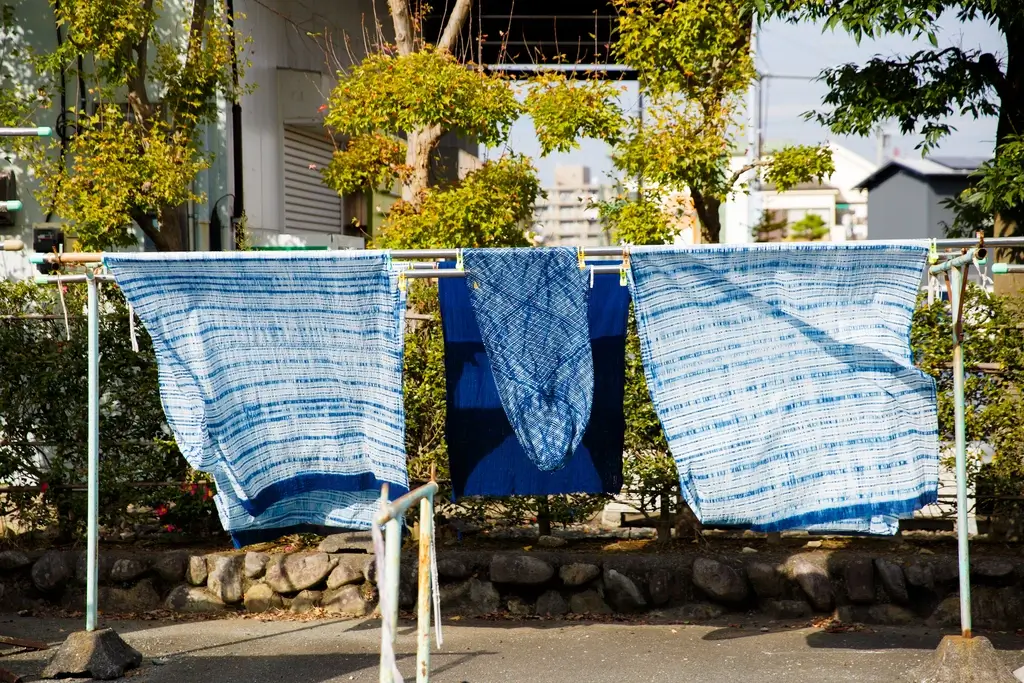
Why is the art of indigo dye important in Japan?
Aizome matters because of its widespread use and applications during the Edo era and its lasting effect on the country. Artisans across Japan now favor tade-ai over “True Indigo” as the most popular source of the compound. The hue is still considered the “official” blue of the nation. Tokyo Skytree, the 2020 Olympic logo, and other organizations honor this blue by using it in their logos.
The color is forever tied to Japan’s past and present spirit. It has colored samurai robes and farmer’s clothes alike. Its careful preparation shows a respect for both nature and time. Today, it endures as “Japan Blue,” ensuring its place in the nation’s future. Do you have thoughts on aizome? Have you ever tried using it? Share your experiences or tips in the comments below!


